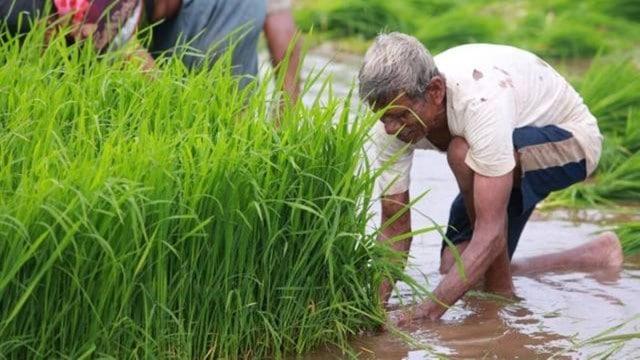Govt hikes paddy MSP by Rs 117 to Rs 2,300 per quintal
The expected margin to farmers over their cost of production are estimated to be highest in case of bajra at 77% followed by tur at 59%, maize at 54% and urad at 52%.
 The hike in paddy support price is significant ahead of elections in states like Haryana, Maharashtra, Jharkhand, and Delhi. (File)
The hike in paddy support price is significant ahead of elections in states like Haryana, Maharashtra, Jharkhand, and Delhi. (File)The Central government Wednesday raised the Minimum Support Price (MSP) for paddy by 5.35% to Rs 2,300 per quintal for 2024-25 kharif marketing season.
According to the government, the highest absolute increase in MSP over the previous year has been recommended for oilseeds and pulses which includes niger seed at Rs 983 per quintal, followed by sesamum at Rs 632 per quintal and tur/arhar at Rs 550 per quintal.
The expected margin to farmers over their cost of production are estimated to be highest in case of bajra at 77% followed by tur at 59%, maize at 54% and urad at 52%. For the rest of the crops, margin to farmers over their cost of production is estimated to be at 50%.
Announcing the decision Wednesday evening, Union I&B Minister Ashwini Vaishnaw said the Cabinet has approved the MSP for 14 kharif crops based on recommendations from the Commission for Agricultural Costs and Prices (CACP). The crucial decision comes ahead of state polls such as in Haryana and Maharashtra.
He said the MSP for common grade paddy has been hiked by Rs 117 to Rs 2,300 per quintal. For the ‘A’ grade variety, it has been increased to Rs 2,320 per quintal for the upcoming kharif season.
Addressing media persons, Vaishnaw said the government had taken a policy decision in the 2018 Union Budget that MSP should be at least 1.5 times the cost of production, and this was followed in the latest MSP hike. “The cost was scientifically calculated by CACP,” he said.
As per a PTI report, the Food Corporation of India currently holds a stockpile of around 53.4 million tonnes of rice, which is four times the required buffer for July 1. It is sufficient to meet demand under welfare schemes for a year without the requirement of fresh procurement.
- 01
- 02
- 03
- 04
- 05































